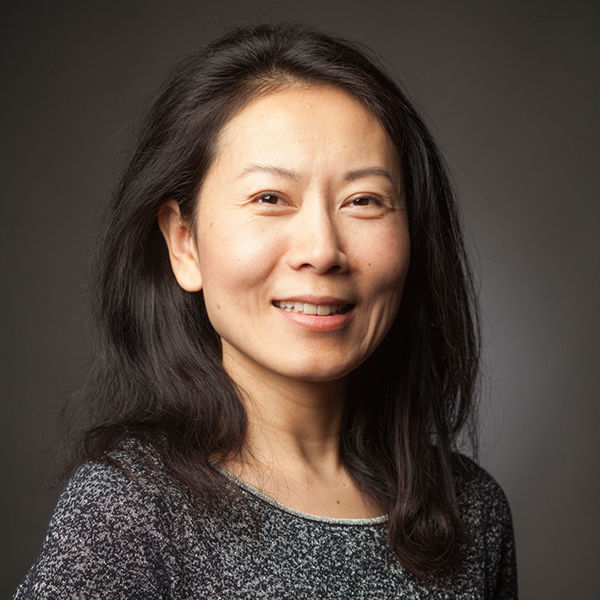Huili Grace Xing
Cornell

Ultrawide Bandgap Semiconductors and DUV Devices
To fully unleash the potential of a semiconductor, it is critical to 1) control its defect levels below the limits that the targeted applications can tolerate, 2) control its doping in both n-type and p-type, and 3) engineer the most effective carrier injection into the conduction and valence bands, i.e., excellent ohmic contacts. A DUV emitter is an epitome of devices where these requirements need to be met. Even for an application that can be successful in engineering only one band of the semiconductor, availability of adequate control of the other band expands the design and operation space of the device tremendously. I will discuss advances in fundamental science and technology development that promise solutions for DUV devices.
Bio
Huili Grace Xing is the William L. Quackenbush Professor of Electrical and Computer Engineering, Materials Science and Engineering at Cornell University, currently serving as the Associate Dean for Research and Graduate Studies in the College of Engineering. She received B.S. in physics from Peking University (1996), M.S. in Material Science from Lehigh University (1998) and Ph.D. in Electrical Engineering from University of California, Santa Barbara (2003), respectively. She was a faculty with the University of Notre Dame from 2004 to 2014. Her research focuses on development of III-V nitrides, 2-D crystals, oxide semiconductors, recently multiferroics & magnetic materials: growth, electronic and optoelectronic devices, especially the interplay between material properties and device development for high performance devices, including RF/THz devices, tunnel field effect transistors, power electronics, DUV emitters and memories. Together with her colleague Debdeep Jena, they were the first to demonstrate distributed polarization doping (DPD), especially the p-type DPD. This doping scheme is fundamentally different from impurity doping and modulation doping, thus dubbed as the 3rd generation of doping science. Polarization doping is particularly powerful in polar ultrawide bandgap semiconductors since it might be the only known method to achieve both n-type and p-type in an UWBG semiconductor with doping properties akin to shallow impurity dopants. She has authored/co-authored 9 book chapters, 400+ journal and conference proceeding publications. She is a recipient of AFOSR Young Investigator Award, NSF CAREER Award and ISCS Young Scientist Award. She is a fellow of APS.